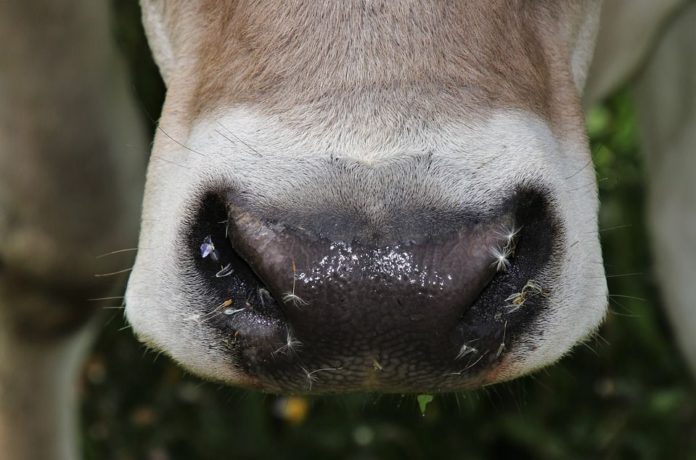February 1st, 2023, will see the roll-out of the first phase of new TB testing rules in Ireland.
The Department of Agriculture, Food and the Marine has yet to confirm when it will implement the second leg, which will see the same measures apply to animals from 6-weeks of age.
TB testing rules
As per the DAFM’s publication, the first phase will see the following:
- Cows of all ages and males over the age of 36 months that are moving farm to farm or through a mart must be TB tested in the last six months and
- They must also be moving from a herd that has been tested in the last six months;
- If they do not fulfil both these requirements, then they must then be tested, either within the 30 days prior to movement or within 30 days after moving into the new herd;
- Animals that require a test in the 30 days after movement will be restricted immediately to the herd into which they have moved;
- This means the animal cannot move from this herd other than directly to slaughter.
- This herd has 30 days to carry out a test on those animals. Once the animal tests clear, the restriction on the animal will be automatically lifted.
- If, after the initial 30 days, the animal is still alive and has not been tested, then the herd will be automatically restricted. According to the DAFM, no cattle will be allowed to be moved off the farm except directly to slaughter.
- Herds thus restricted may be allowed to move animals in during this period of restriction and may be allowed to move out calves, less than 6 weeks of age. However, these calves are not eligible for export while the herd remains restricted.
- After 60 days, if the animals in question have not been tested, then the whole herd will be scheduled for a TB test.
- This, in effect, means that farmers, buying animals that require a 30-day post-movement test will have up to 60 days to test or slaughter these animals without any further implications.
TB tests
According to the DAFM, the level of bovine TB has been rising in Ireland for the last six years.
The ‘skin test’ for bTB, called the single intradermal comparative tuberculin test or SICTT, works by detecting the animal’s immune response to the bTB bacteria.
Vets conduct this test by injecting cattle with small amounts of TB bacteria called Tuber Culin.
This can detect infected animals whether or not the damage caused by the bacteria is visible at post-mortem.
Then, the gamma interferon blood test for bTB (also known as the GIF test) also works by detecting the animal’s immune response to bTB.
A vet takes a blood sample, and it is analysed in a laboratory.
According to the DAFM, the advantage of the GIF test over SICTT is that it can detect infected animals earlier.
According to the DAFM, the skin test can, on average, detect around 80% of bTB-infected cattle.
In some cases, this figure can be higher, and in others, it can be lower, but there are several factors which can impact it, the DAFM explained.
See a previous article on how to spot badger activity on your land.





